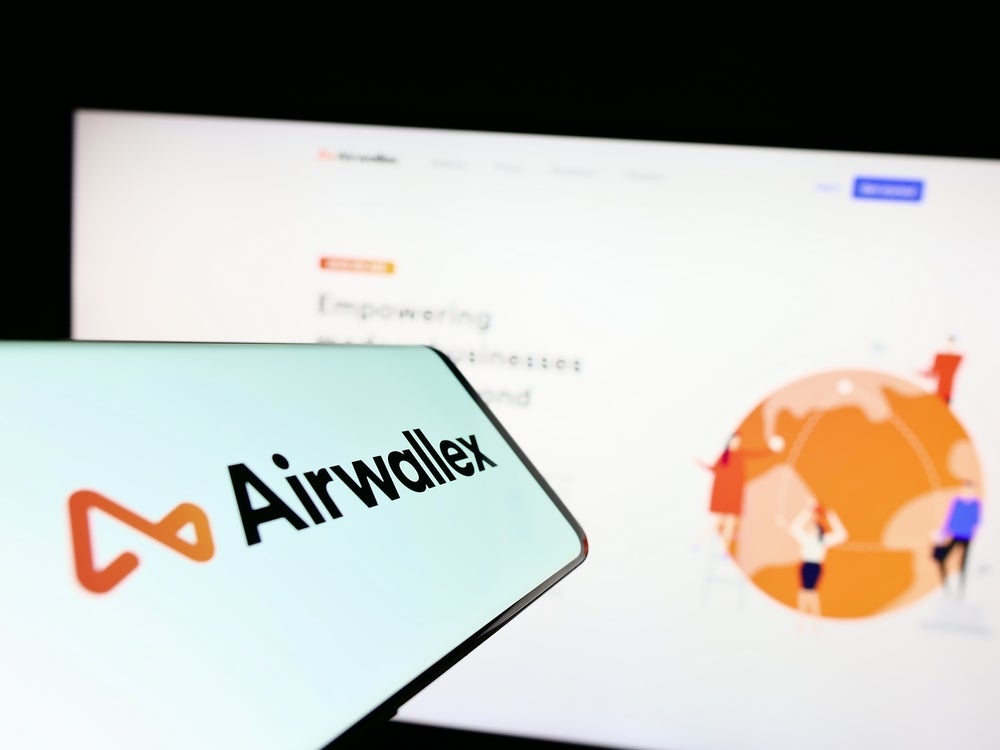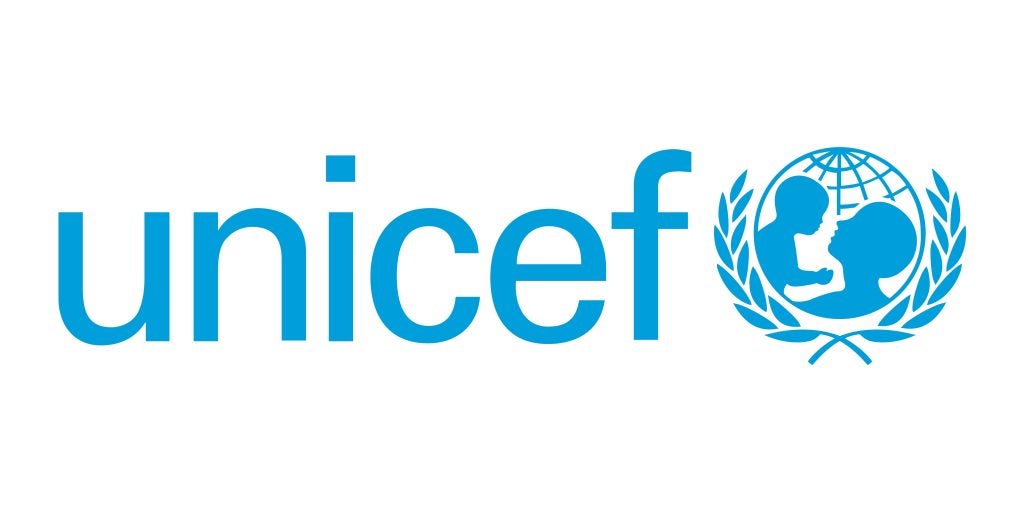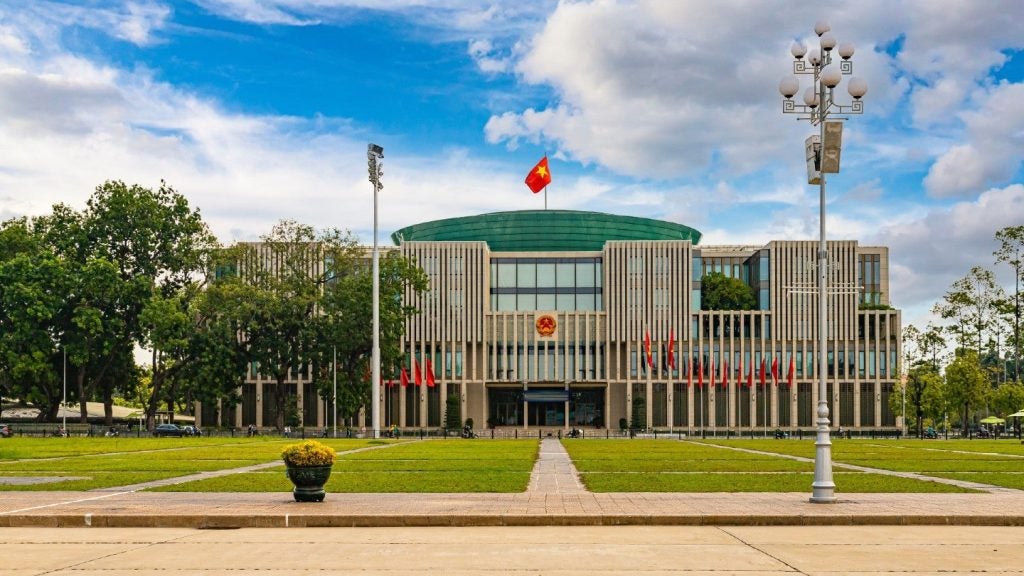International payments provider Adyen has developed more than 75 payment processing methods for its 1,500 customers in Latin America, Europe and the US. Maryrose Fison speaks to Roelant Prins, chief commercial officer at Adyen, about cross-continental payment servicing.
There is a saying that is the most successful ideas in life are often the most simple. For international payments provider Adyen, this couldnt be truer. The companys vision was founded on one single, straightforward principle.
We started with the idea that the payments industry needed much more innovation, says Roelant Prins, chief commercial operator of Adyen. What exactly that meant wasnt 100 per cent worked out but we knew that we had so much experience, the right technology and thought: lets do this.
Five years later and this single idea to improve the payments arena- has spawned a company that is responsible for processing millions of transactions every month from countries as far afield as Brazil and Germany.
This year, the company is working towards becoming a global player. Adyen has invested 5 million in developing its global payment proposition this year and recently invested 250,000 in its new mobile payment offering which launched to the public last month.
How well do you really know your competitors?
Access the most comprehensive Company Profiles on the market, powered by GlobalData. Save hours of research. Gain competitive edge.

Thank you!
Your download email will arrive shortly
Not ready to buy yet? Download a free sample
We are confident about the unique quality of our Company Profiles. However, we want you to make the most beneficial decision for your business, so we offer a free sample that you can download by submitting the below form
By GlobalDataWe want to continue to invest and build the development of our global payment proposition. This means that we will invest in building local offices and local teams across Asia, Latin America and the US. Furthermore, we will continue to add more and more functionality that will help merchants accept payments across these global markets. This will include developing more connections to banks and adding more payment methods in markets across the globe, he says.
Limbering Up
While strategy and focus have played a role in the companys seemingly unstoppable rise to success, it is arguably Adyens ability to adapt to wildly different environments which has enabled it to grow at such a stellar pace.
Between January and December 2010, the volume of transactions processed rose by 400 per cent. So far this year, volumes have risen at an average of 10 per cent per month.
At the heart of this growth rate is the sheer diversity of payment methods Adyen operates for its myriad account holders which include Vodaphone, Photobox and Hyves. Last year, it had 40 methods, this year there are 75. Prins says it is necessary to keep diversifying because of geographical differences in credit card usage, types of credit card available and banking patterns.
Credit card penetration in many markets outside of the US and the UK is typically quite low, he says. For example, credit card penetration across Europe is less than 50 per cent. This is very much driven by the historical cultural differences. Dutch people and German people tend to be very adverse to buying credit.
In the Netherlands and Germany, more than 80 per cent of online payments are made with alternative payment methods to credit cards like internet banking methods or direct debit. This is the case for many other markets.
But being able to facilitate payments has as much to do with card acquirers as it has to do with consumers habits, Prins says.
In Europe, for example, one acquirer can typically service a merchant with a solution for accepting Visa and MasterCard for the whole of Europe. Therefore as a merchant you only need to work with one bank for accepting Visa and MasterCard.
But in Latin America this is different. If you wish to accept Visa and MasterCard in Argentina you will need to work with one acquirer for Visa and a different one for MasterCard. Should you also wish to take payments in Brazil in local currency, you will need to also work with a local acquirer that is based in Brazil, he explains.
Big business
In line with its proliferating technical proposition, Adyen has also executed an ambitious growth plan. At inception in December 2006, the company had one office in Amsterdam and was comprised of eight members of staff: four founding directors and four developers.
Today it counts offices in San Francisco, Boston, Berlin and Sao Paolo and has 75 members of staff. Prins also plans to set up a base in Shanghai over the coming years to better tap into the Asian market and envisages hiring between five and ten members of staff to work there.
Asian appetites
But he is under no illusions when it comes to the challenges of integrating a payment system into an entirely different business environment.
In the Netherlands, we are very direct and much more specific, he says. In Asia, there are strong cultural differences in the way that business partnerships are formed.
When developing specifications of new payment methods and bank connections across Asia, we found it more challenging to get a full understanding of what the different partners and banks we are talking to can offer us in terms of functional features and a partnership model.
However challenging, Prins is confident of the companys abilities to adapt to the Eastern market. And his belief is well-founded. When Adyen set up its office in Sao Paolo, the company faced a number of challenges which is successfully overcame.
We started out with a number of international companies that wanted payment solutions in the region and we started processing the payments there with international acquiring banks based out of Europe.
One thing we noticed from the start was the significant transaction volumes of online payments in Latin America. Secondly, as soon as we started processing with international card acquirers in that region, we ran into a lot of problems such as much higher refusal rates of payments and currency conversion issues such as payments that we submitted in Brazilian local currency being converted into dollars on the cardholders statements causing a lot of complaints.
In Latin America we realized that to be successful you need to work with the local banks instead of processing with international card acquirers and that is why we started working with the local banks. Once we did that, we saw the refusal rate of payments reduce along with currency conversion issues and previous difficulties supporting local debit cards.
It may be less than five years old, but already Adyen has made its mark on the competitive payments industry and if it maintains its momentum, the sky may just be the limit.







